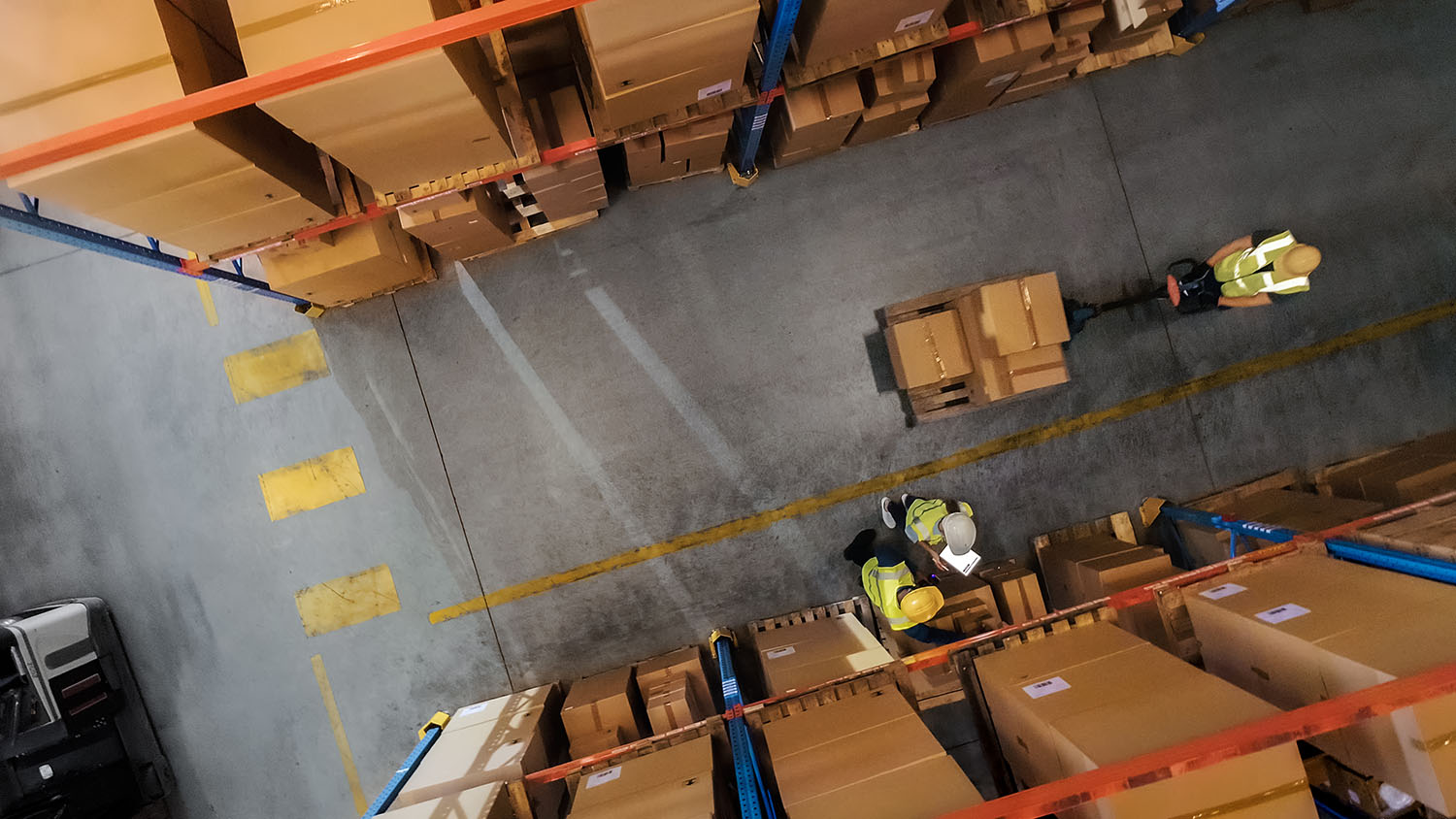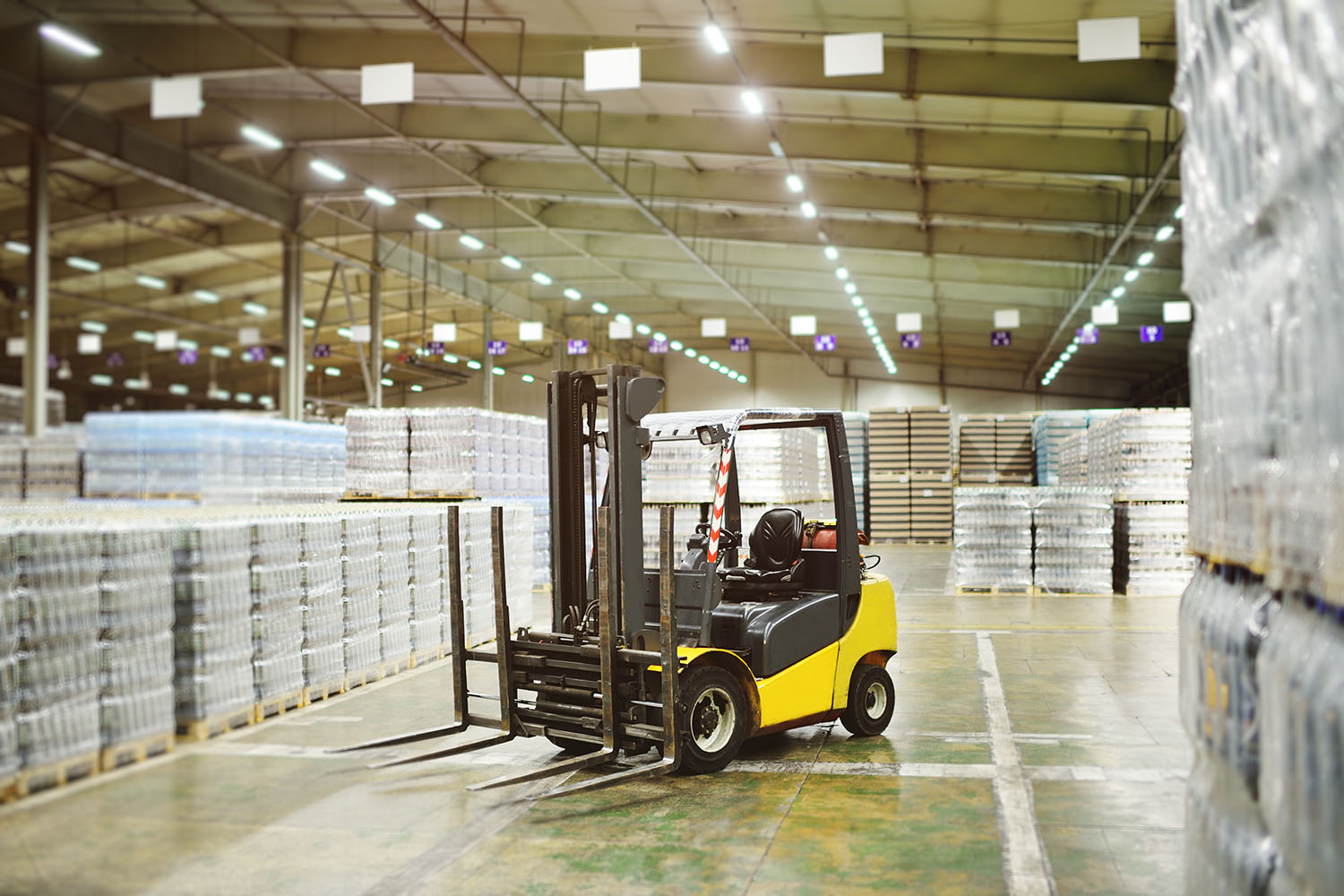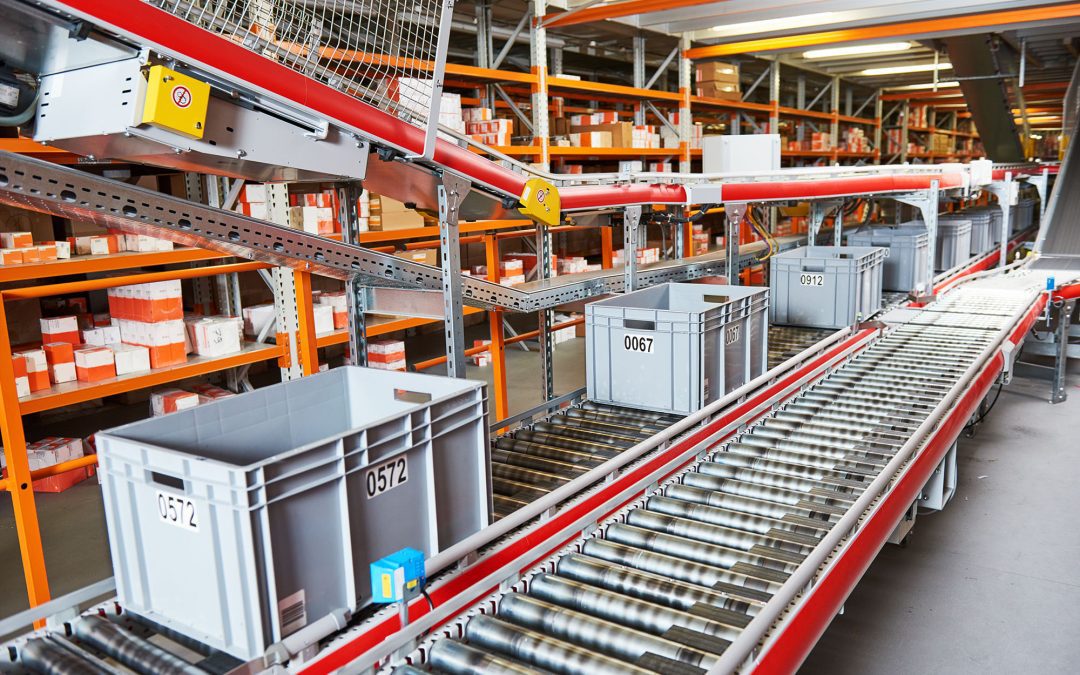Warehouse automation is accelerating, but adoption remains low. As of 2024, only 20% of warehouses in North America have automated some part of their operations. That number is expected to reach 25% by 2027, meaning most warehouses still rely on manual processes that slow down productivity and drive up costs.
And that comes at a price. Manual workflows lead to inventory errors, delays, and higher labor expenses—all of which eat into profitability. However, with a cloud-based WMS, warehouses can automate core processes like inventory tracking, order fulfillment, and shipping to improve efficiency, accuracy, and scalability.
In this article, we’ll break down what warehouse automation is, why it matters, and four best practices to implement it effectively with a cloud-based WMS.
Let’s dive in!
What is Warehouse Automation?
Warehouse automation refers to the use of technology to streamline and optimize warehouse operations, reducing reliance on manual labor and minimizing errors.
Instead of employees manually tracking inventory, picking orders, and updating records, automation enables software, robotics, and AI-driven systems to handle these tasks with greater speed and accuracy.
There are different levels of warehouse automation, ranging from basic process automation—such as barcode scanning and digital inventory tracking—to advanced automation, which includes robotic picking systems, autonomous guided vehicles (AGVs), and AI-powered demand forecasting.
But what makes all of this work affordably is a cloud-based Warehouse Management System (WMS).
A WMS serves as the brain of an automated warehouse, orchestrating everything from inventory tracking and order fulfillment to labor management and real-time data insights. Without a centralized system to manage automation, even the most advanced robotics and AI-powered tools can’t function at full capacity.
Putting that system in the cloud brings costs down dramatically from older-school on-site WMS, which require servers, software engineers, and more.
Benefits of Automating Your Warehouse with a WMS
Now that we know what warehouse automation is, let’s look at some of the key benefits of automating your warehouse with a cloud-based WMS:
- Increased Efficiency & Productivity: Automation speeds up processes like order fulfillment, inventory tracking, and picking. It reduces processing times and keeps bottlenecks at a minimum. A WMS ensures tasks are optimized, so employees can focus on higher-value work.
- Reduced Errors & Improved Accuracy: Manual processes are prone to inventory discrepancies, shipping mistakes, and mispicks. A WMS integrates with barcode scanners, RFID technology, and AI-driven automation to ensure real-time, accurate data to reduce these costly errors.
- Lower Operational Costs: By automating tasks and optimizing labor allocation, businesses can cut labor costs, minimize waste, and scale without increasing overhead.
- Better Inventory Visibility & Control: A cloud-based WMS provides real-time inventory tracking across multiple locations to prevent stockouts and overstocking. Plus, with automated data collection and reporting, warehouses gain complete control over their stock levels.
- Faster Order Fulfillment & Improved Customer Satisfaction: Automated picking, packing, and shipping mean faster deliveries, fewer errors, and happier customers.
- Seamless Integration with Other Warehouse Technologies: A WMS connects with robotics, automated storage and retrieval systems (AS/RS), and IoT-powered sensors to create a fully synchronized warehouse ecosystem.
4 Best Practices for Automating Your Warehouse with a WMS
Automation isn’t just about adding new technology; it’s about using it properly to maximize efficiency and scalability.
Here are four best practices to help you automate your warehouse effectively with a cloud-based WMS:
1. Choose a Scalable and Flexible WMS
Not all WMS solutions are built to scale. Some systems become a bottleneck as businesses grow, leading to integration issues, limited customization, and high upgrade costs.
Look for a cloud-based WMS that:
- Scales with your business—whether you operate a single warehouse or a multi-location network.
- Supports automation tools like barcode scanners, RFID, robotics, and AI-driven inventory tracking.
- Allows easy configuration without requiring costly custom development.
The right WMS should work for your business today and be flexible enough to adapt as your needs evolve.
2. Centralize and Clean Your Data
Automation is only as good as the data that powers it. If your warehouse relies on multiple disconnected systems, inaccurate or outdated data can create more problems than it solves.
Before automating, ensure that:
- All legacy data is transferred and mapped correctly into the new WMS.
- Data silos are eliminated so inventory, orders, and fulfillment data are always in sync.
- Your WMS automates data collection and validation to maintain real-time accuracy.
Cloud-based WMS solutions streamline data across all automation tools to ensure every process runs on accurate, up-to-date information.
3. Automate Cycle Counting & Inventory Audits
Relying on manual cycle counts is a time-consuming and error-prone way to tally up inventory. Yet, many warehouses still use outdated methods like pen-and-paper tracking or spreadsheet entries.
A WMS with automated cycle counting can:
- Perform real-time inventory checks without disrupting daily operations.
- Reduce shrinkage and discrepancies by continuously validating stock levels.
- Provide instant insights through a digital dashboard, making audits faster and more accurate.
By automating inventory validation, warehouses can increase accuracy, reduce losses, and free up labor for higher-value tasks.
4. Optimize Receiving & Picking with Automation
Receiving and picking are two of the most labor-intensive processes in warehouse operations. Without automation, delays, mispicks, and fulfillment errors are inevitable.
A cloud-based WMS helps by:
- Automating receiving workflows with directed putaway and cross-docking.
- Optimizing pick paths using batch picking, wave picking, and pick-to-light technology.
- Reducing fulfillment errors with barcode scanning and real-time order verification.
Faster, more accurate receiving and picking reduce errors, speed up order processing, and improve overall warehouse efficiency.
Future Trends in Warehouse Automation
New technologies are pushing the boundaries of warehouse automation. Here are some key trends shaping the future of warehouse automation:
1. AI-Driven Predictive Analytics
Warehouses are moving beyond traditional data tracking to AI-powered predictive analytics. Instead of reacting to inventory fluctuations, businesses can forecast demand, optimize stock levels, and prevent supply chain disruptions before they happen.
Amazon uses this too. Their Anticipatory Shipping Model analyzes customer purchase history, regional demand patterns, and seasonal trends to predict what customers will buy before they even place an order.
By pre-positioning inventory closer to high-demand areas, Amazon reduces shipping times, minimizes out-of-stock situations, and lowers logistics costs, giving it a competitive edge in ultra-fast delivery.
2. Robotics & Autonomous Systems
From robotic picking arms to autonomous mobile robots (AMRs), robotic solutions to speed up order fulfillment and reduce labor dependency are entering warehouses fast.
Ocado, a UK-based online grocery retailer, operates some of the most advanced robotic warehouses in the world. Its swarm robotics system consists of thousands of robots moving along a grid-like structure to retrieve and pack grocery orders at high speed. This highly automated process allows Ocado to process up to 65,000 orders per week, reducing fulfillment times and improving accuracy while minimizing human intervention.
3. Internet of Things (IoT) & Smart Warehousing
IoT-enabled warehouses use connected sensors and real-time data tracking to monitor inventory, equipment health, and environmental conditions.
DHL has implemented IoT-enabled smart warehousing solutions to enhance its supply chain operations. By integrating RFID tags and GPS-enabled sensors, DHL achieves real-time tracking of products throughout their journey, bringing astonishing transparency and route optimization to warehouses.
4. Drones for Inventory Management
Drones are also being used by large-scale warehouses. So, instead of manual stock checks, drones equipped with barcode scanners and RFID readers complete cycle counts in a fraction of the time.
Walmart, for example, has deployed drones to automate inventory counts in its warehouses. Instead of manually scanning barcodes, these drones fly through aisles, scan inventory, and report discrepancies in real time.
5. Warehouse-as-a-Service (WaaS)
More businesses are adopting on-demand warehousing models, where third-party logistics providers offer automated fulfillment centers as a service. This helps businesses scale without the need for heavy capital investments in automation infrastructure.
Lull, a mattress-in-a-box company, expanded its distribution network without building new warehouses by using Flexe’s on-demand fulfillment centers. Lull cut delivery times by 51% and reduced shipping costs by 30%, improving both efficiency and customer satisfaction.
Automate Smarter, Scale Faster with the Right WMS
Robotics, drones and AI won’t make your warehouse more efficient unless you have the right system to bring everything together. Without a cloud-based WMS to centralize data, integrate automation tools, and streamline workflows, even the most advanced solutions can fall short.
Da Vinci cloud WMS offers features like advanced wave picking, directed putaway, cartonization, cross-docking, and real-time analytics, helping warehouses increase accuracy, improve fulfillment speed, and reduce costs.
Its scalable architecture ensures seamless inventory management and optimized order processing, eliminating inefficiencies and reducing manual errors.
By providing the foundation for automation, Da Vinci WMS enables warehouses to integrate emerging technologies like robotics, IoT, and AI as their operations grow.
Want to see how Da Vinci WMS can optimize your warehouse? Request a free demo today and take the next step toward smarter warehouse management.



